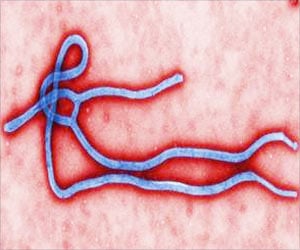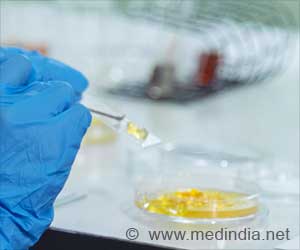According to a recent study conducted by researchers at Goteborg University, Sweden, frequent punches on the head may lead to a rise of certain chemicals in the cerebrospinal fluid.
These chemicals are markers for brain and nerve cell damage. This increase of chemicals in the brain may give reasons for “punch-drunk” syndrome and symptoms of lasting neurological damage.This study was published in the September issue of the Archives of Neurology. The study was conducted on a group of amateur boxers. Researchers observed the cerebrospinal fluid of 14 amateur boxers within 7-10 days after a boxing match and again 3 months later after the boxers had rested from boxing. Cerebrospinal fluid from 10 healthy, nonathletic people was also used during analysis for comparison.
In the study it was found that those who had of late received frequent punches on the head during a recent boxing match had higher-than-normal levels of certain chemicals in their cerebrospinal fluid. These chemicals are known to increase in certain conditions of neurological disorders with damage of brain neurons and cells. These chemicals are called neurofilament light protein and total tau.
According to the researchers, around 20% of the professional boxers develop chronic traumatic brain injury due to long period of exposure to frequent blows to the head during their careers in the ring. However, not much is known about the brain injury risk faced by amateur boxers. They should wear protective headgear and should not compete frequently.
The results revealed that after a boxing match, the boxers had higher average levels of the brain chemicals neurofilament light protein and total tau than they did after 3 months with no boxing. They also had higher levels of another protein called glial fibrillary acidic protein, which points to damage to a specialized type of brain cell. People with acute brain damage also show an increase in this protein.
Boxers who had continuously received over 15 blows to the heads or who felt dizzy after the stint showed drastically high levels of all the 3 chemicals when compared to those who had 15 or fewer hits to the head and no dizziness.
Advertisement
According to researcher Henrick Zetterberg, M.D., Ph.D., of Goteborg University and his colleagues, the result presents scientific proof to substantiate the development of chronic symptoms also known as "punch drunk syndrome" in professional boxers. If long-term studies validate these results, analysis of spinal fluid "may provide a scientific basis for medical counseling of athletes after boxing or head injury."
Advertisement
GYT





